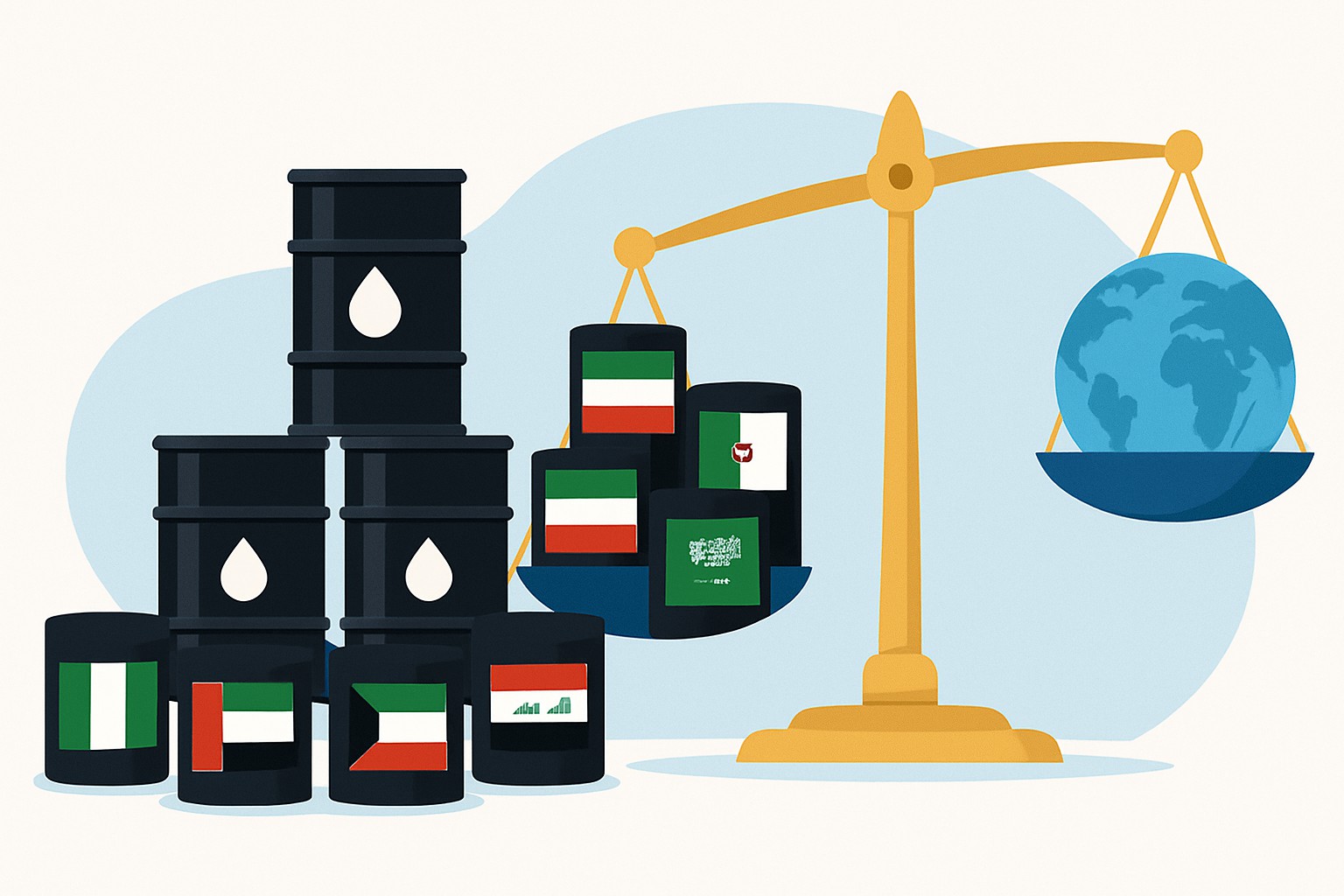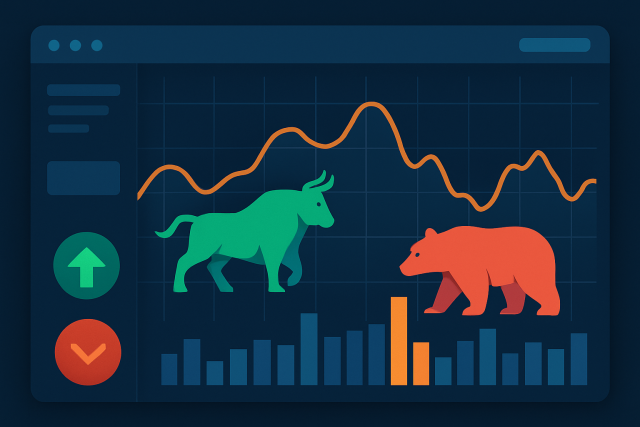
Understanding Retail Sales Meaning In Economic Data
Retail sales data reveals crucial insights into consumer spending and economic health. This article...

Understanding what is the goal of OPEC plays a key role in steering the global oil market, as it impacts everything from energy prices to the economies of many countries. Knowing OPEC's objectives in this market helps explain why its decisions affect not just oil-producing nations but also investors, businesses and everyday consumers.
OPEC, short for the Organization of the Petroleum Exporting Countries, is a team of oil-producing nations that have joined forces. It was established to coordinate their oil production policies to keep the market steady and protect the interests of its members.
OPEC’s main goal is to keep the global oil market running smoothly. By managing the combined oil production from its member countries it aims to balance supply and demand and influence prices.
"> Think of OPEC like that neighborhood committee trying to figure out just how much water each household can draw so the well doesn’t run dry and everyone gets their fair share. By sticking together and playing it smart, they manage to keep the flow steady and dodge any nasty surprise shortages that could throw everyone off balance."
OPEC mainly influences oil prices by dialing production levels up or down for its member countries. When they get together to decide on production quotas, it sends a clear signal about what the global markets should expect in terms of supply.
OPEC keeps a keen eye on global market trends, watching everything from supply and demand swings to those ever-surprising geopolitical twists that can shake things up overnight.
The group huddles during meetings to hash out production quotas, aiming to either slow things down or ramp up oil output as the situation demands.
They lay out these decisions clearly, hoping to steer market expectations and nudge trading patterns in the right direction.
Member countries usually try their best to hit their quotas, though pulling it off often hinges on everyone playing nice and cooperating.
When the unexpected hits—like pandemics or political upheavals—OPEC tweaks its approach, trying hard to keep the market steady amid the chaos.
OPEC aims for price stability because wild swings in oil prices have a knack for throwing economies off balance across the globe. For oil-producing countries, having steady revenues is like a lifeline—it helps them plan budgets and fund development without constantly looking over their shoulder. Consumers and industries appreciate predictable energy costs, which often set the stage for smoother economic growth.
OPEC plays a key role that goes well beyond just shaping prices. It focuses on keeping the global oil market steady and avoiding periods of oversupply or shortage. This approach helps support energy security worldwide and ensures that countries relying on oil aren’t caught off guard by sudden disruptions.
| Market Condition | Description | OPEC's Response Strategy | Example Outcome |
|---|---|---|---|
| Oversupply | When there is more supply than demand, prices usually take a dip | Lower production quotas | Prices found their footing after the cuts made back in 2014 |
| Balanced Market | Supply and global demand roughly match up | Keep quotas steady or tweak them just a bit | Prices held steady, and markets stayed fairly calm and predictable |
| Undersupply | Demand outstrips supply, causing prices to jump | Ramp up production to ease the shortage | Helped steer clear of serious shortages following the 2020 COVID-19 crash |
Keeping a unified production policy is no walk in the park, especially since member countries juggle different economic priorities and political goals. Negotiations often become a delicate dance of balancing these competing interests, and you’ll find that some members tend to crank up their production to chase quick cash.
OPEC’s coordinated moves have often packed quite a punch when it comes to oil prices and the global economy. Cast your mind back to the 1970s embargo that sent prices shooting through the roof, or consider the more recent production cuts designed to help steady the ship during the pandemic’s whirlwind.
The 1973 oil embargo threw a major wrench into the works by sharply limiting supply, which sent prices skyrocketing and triggered major shifts in how the world approached energy policies.
In 2014, OPEC decided to cut back on production to tackle an oversupply problem and stabilize oil prices that had tumbled a bit too far for comfort.
Then came the COVID-19 pandemic, and OPEC+ stepped up with historic production cuts to prevent a total market freefall as demand took a nosedive.

A chart showing global oil price trends aligned with major OPEC production decisions and geopolitical events
Many people tend to lump OPEC into the usual cartel stereotype thinking it’s simply out to jack up prices on consumers. But in reality it behaves more like a cooperative crew trying to keep a tricky balance between what producers want and what consumers need.
OPEC is facing a mix of shifting challenges as the global energy landscape keeps evolving. Understanding what is the goal of OPEC becomes crucial as renewable energy sources gain ground and oil consumption patterns shift. With geopolitical tensions ongoing, the group must fine-tune its strategies to stay relevant and effective in the fast-moving world of global markets.
Tired of missing opportunities and making suboptimal trading decisions? TrendSpider's cutting-edge platform automates complex technical analysis, saving you time and reducing human error.
With multi-timeframe analysis, dynamic alerts, backtesting, and customizable charting, you'll gain a competitive edge in identifying trends and making informed trades across global markets.
As a dedicated trader, you know the power of technical analysis in navigating the financial markets. TrendSpider is the cutting-edge tool you need to take your trading strategies to new heights. With its advanced charting capabilities and automated pattern recognition, TrendSpider empowers you to make informed decisions faster.
11 articles published
Driven by a passion for democratizing financial markets, he creates accessible trading education content that bridges the gap between complex strategies and retail investors.
Read Posts
Retail sales data reveals crucial insights into consumer spending and economic health. This article...

Retail sales data is a key economic indicator that impacts trading decisions. This guide breaks down...

Understand what nonfarm payrolls mean and why this key economic indicator matters. This beginner-fri...

Learn how the CBOE Put Call Ratio serves as a powerful indicator of market sentiment, helping invest...
